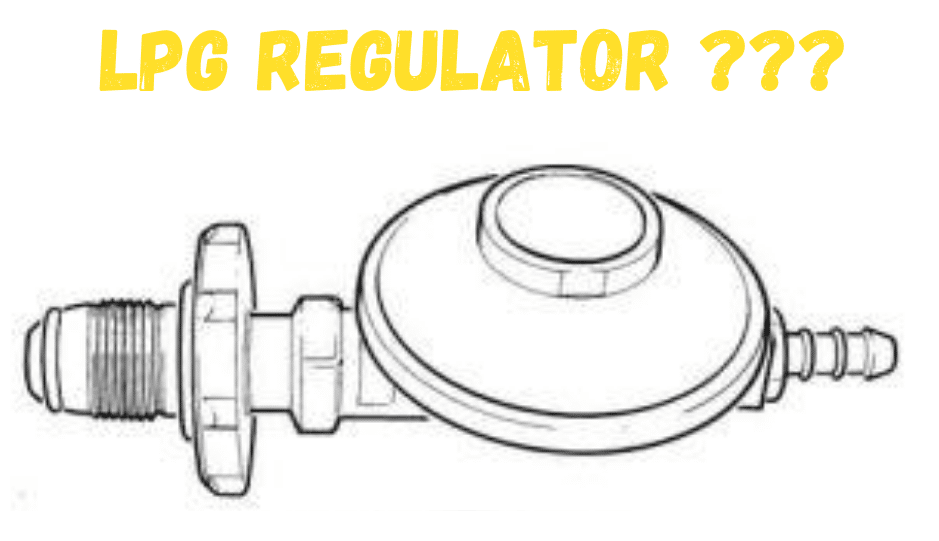The principal function of a Gas Pressure regulator is to reduce the pressure of the gas that is available to the gas pressure required by the heater and by the heating controller. A regulator is not a flow control device. It is used to control delivery pressure only.
What is a Low Presssure Gas (LGP) regulator?
Low pressure regulators are used to manage pressure levels under 3000 psi, sub-atmospheric pressure, and back pressure. Low pressure regulators and very low pressure regulators are popular for a wide range of applications, including : Product integrity testing. Fuel burner systems.
how does Low Presssure Gas (LGP) regulator works?
The regulator is basically a chamber with a diaphragm in the center . The diaphragm has a preset spring tension on top to control the service pressure. The inlet is a relatively small orifice compared to the size is the diaphragm. Once chamber pressure over powers the spring the diaphragm lifts up and pulls on an attached linkage that moves the seat against the inlet, blocking flow.
As pressure drops from usage the diaphragm releases the seat to allow flow till set pressure is obtained. All this happens instantly and very smoothly.
The diaphragm is really the heart of the regulator and made of rubber with some steel washers for reinforcement. It amazes me that when I find 40 year old regulators, the owners are often reluctant to replace them even though we do it at cost just for safety.

